A taste of the East Lothian coast - Scotland on Sunday Travel
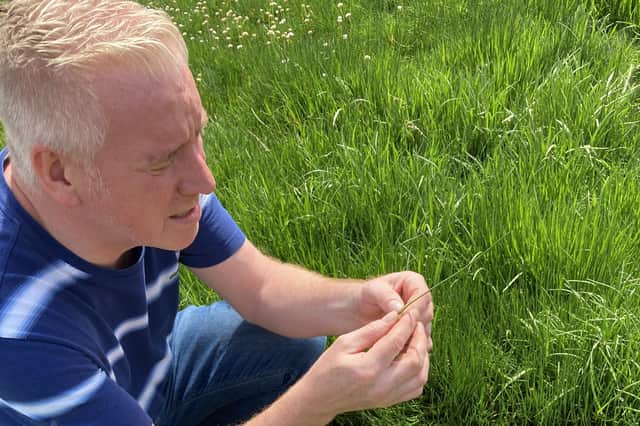

My fork is poised over the greater plantain seed pod and hollandaise sauce; later it will be stinging nettle cheese and then elderflower pannacotta. Yes, I’ve been foraging
and this is a feast from the wild.
Blackberrying marked the end of the summer holidays when I was little. The plump dark berries squishing in the bag as we walked along before they appeared in my mother’s bramble and apple pie. That was the sum total of our wild food harvest in the 1970s for we had never heard of foraging. However we did go to a market garden to buy veg straight from the field.
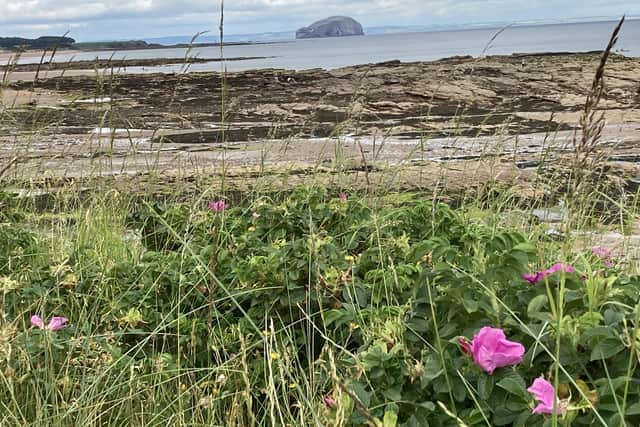

Advertisement
Hide AdAdvertisement
Hide AdI was taught to pull the thick rhubarb by the gruff farmer and delighted in helping carry our purchases home.
Today foraging is everywhere – and everyone is doing it ... from Michelin starred chefs to gin makers and city folk embracing country ways. If the pandemic gave us wild swimming, it also propelled an interest in home grown food and foraging.
As a townie, I do like a good excuse for a walk in the countryside, so when I had the chance to join a foraging experience in East Lothian it seemed a very good idea. The fact it was led by the chef patron of one of my favourite restaurants was an added bonus.
Paul Wedgwood and his wife Lisa opened their restaurant on the Royal Mile in Edinburgh in 2007 and the award-winning chef has always had a reputation for using seasonal and local ingredients. I recently found notes from a review Wedgwood Iwrote in 2012 mentioning my first taste of sea buckthorn and it had been collected from the East Lothian coast.
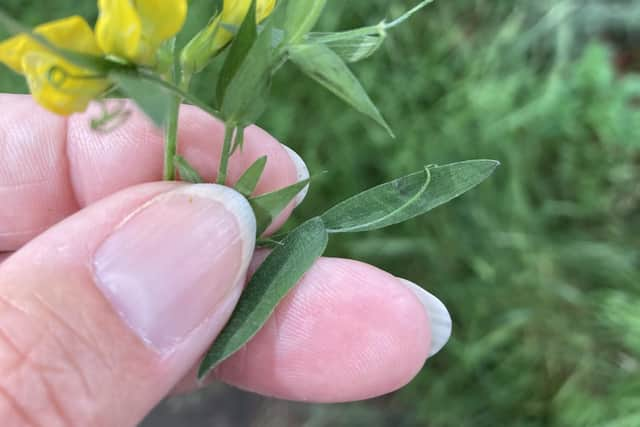

Foraging is all the rage today, but you do need to know what you are doing, and Paul has been at it for years – amassing lots of knowledge and practical experience.
Paul calls himself a culinary forager and has seen the “thirst for foraging knowledge” grow over the years and now he even goes into primary schools to talk about it.
Much as I love travelling to far off shores, I do love discovering what’s on my doorstep and if the coast is involved so much the better. So I set off in high spirits for our rendezvous at the car park at Tyninghame Links.
I approach through the lush East Lothian farmland – the more traditional source of the produce which ends up on our plates.
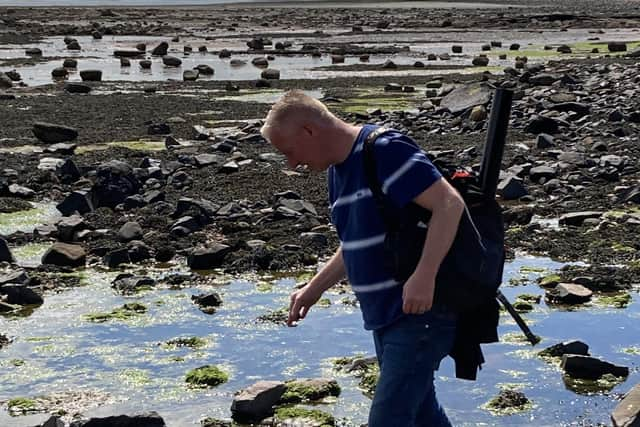

Advertisement
Hide AdAdvertisement
Hide AdThe turning off the coast road between Dunbar and North Berwick is easy to miss. The lane is half a mile north of the pretty estate village of Tyninghame but it is not signposted. However at the end of this straight road you can’t miss the car park – you can take a car no further. So we join the dog walkers and cyclists on our own feet. Although I grew up mostly in the countryside, those roots have faded with the mists of time, so I can probably just about identify a ripe blackberry and a stinging nettle.
As we start walking towards the beach, there is no missing the nettles and we learn that Paul was a fan of them even as a child. He extols their virtues as a seasoning and explains how heating and freezing kills their sting. Paul’s got “clean” samples – harvested from less trodden places – for us but I’m reluctant to do the scrunch, sniff and taste bit. What the hell? I’m here to learn and I
chomp a little on the leaf.
A nettle is one thing, but what about the weed under your feet? Beside the footpath Paul points out the greater plantain. I can’t believe he’s showing us a common or garden weed – the sort I’d hoick out of my flower beds. But I give the seed pod a nibble. It was to taste much better cooked – and with the Hollandaise – when it could almost be mistaken for an earthy asparagus.
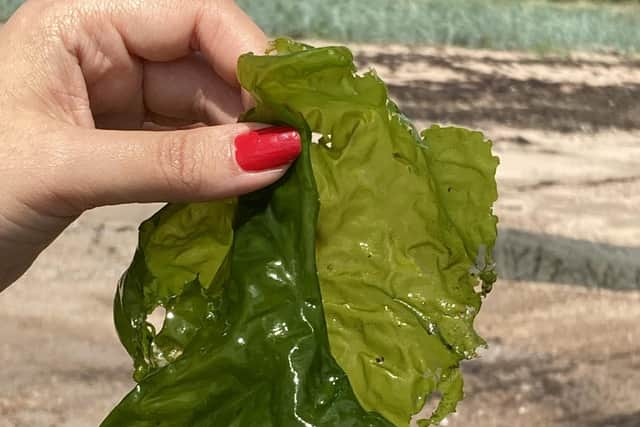

And so we progress towards the sea, tasting as we go. There is a piece of jelly ear fungus which Paul skilfully takes from the branches of a tree and we will taste later in the restaurant.
Wise words of caution pepper the discoveries and then comes a very stern warning about the dangers of the cicely family. It has the most deadly of members alongside
some of the most used in the kitchen.
Consequently I will give giant hogweed a very wide berth but continue to use its cousin the carrot. I will also appreciate the sweet cicely which Paul paired for its aniseed flavour with our elderflower pannacotta at the restaurant.
Amid all this knowledge I find time to savour my surroundings – we pass one of those rich East Lothian fields with a marker says Kilmaro which I think is a cabbage – all the time getting closer to the sea.
Then the bay – actually the estuary of the River Tyne – is in front of us and we can explore the marsh and shore. We find scurvy-grass which is packed with vitamin C, juicy, salty sea arrowgrass which tastes of coriander and Paul’s favourite sea rocket. And I’m thrilled to find samphire having recently been experimenting with it as an ingredient.
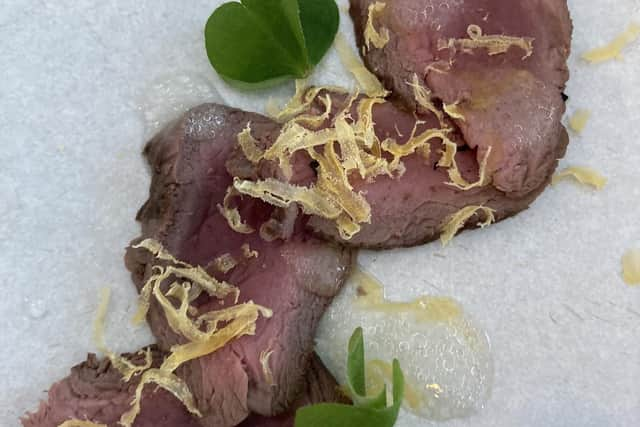

Advertisement
Hide AdAdvertisement
Hide AdOn the rocky beach we discuss seaweeds and although Paul gamely jumps from rock to rock looking for samples, the low tide gives him slim pickings.
We climb off the beach to look at the sea buckthorn. In summer – before it becomes the host for its vivid orange berries, it is a silvery grey bush hunkered down against the sea breezes. Paul tells us about the hazards of harvesting the berries from the spiky bushes.
I’m so glad he takes the trouble as I recall that first visit to Wedgwood the Restaurant and I first encountered the citrusy sharpness of sea buckthorn when – as I wrote at the time - it created a “clever symphony of flavours” with cardamom and coconut in a tart. “The subtle cardamom – echoed in the ice cream – made it far more than an on-trend super food tarte au citron,” I added.
It’s in the woodland we come hard up against history. A series of human-height concrete blocks stride beside the beach. These remnants of Second World War defences make you look again at the bay and realise it’s just the location for a clandestine landing.
When we move from the the bay’s embrace, we climb to Whitberry Point and look out towards Ravensheugh Sands with the Bass Rock on the horizon. It reminds me that Seacliff’s “hidden” harbour is a couple of miles up the coast. This really is a coast made for secrets.
I was surprised by how much of the vegetation around me could make a tasty addition to my plate. Not so much “field to fork”, but “footpath to plate”. What a secret to uncover.
Fact box
Wild Foraging Experience Days with Paul Wedgwood, £150 per person. See www.wedgwoodtherestaurant.co.uk/foraging for 2024 dates.
Wedgwood The Restaurant, 267 Canongate, Royal Mile, Edinburgh, EH8 8BQ.